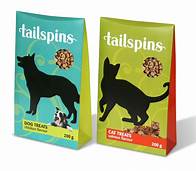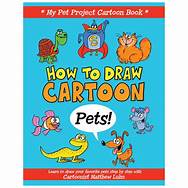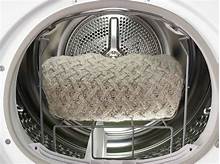What is Pet Packaging?
Pet packaging refers to specialized packaging designed specifically for pet food and supplies. It serves the crucial purpose of preserving the quality and freshness of pet products while ensuring safety and convenience for pet owners.

Materials and Manufacturing Processes:
1. Plastic:
Plastic is a commonly used material for pet packaging, offering durability, flexibility, and cost-effectiveness. It can be molded into various shapes and sizes to accommodate different products.
2. Metal:
Metal, particularly tin or aluminum, is employed for pet food packaging due to its excellent barrier properties. It helps prevent moisture, oxygen, and light penetration, extending the shelf life of the contents.
3. Paper and Cardboard:
Paper and cardboard are sustainable packaging options for pet products. They are lightweight, biodegradable, and can be easily recycled. However, they may require additional protective layers to ensure product integrity.
4. Manufacturing Processes:
Pet packaging involves various manufacturing processes, including injection molding, blow molding, and thermoforming for plastic containers. Metal cans are typically formed through a drawing and ironing process. Paper and cardboard packaging undergoes processes like cutting, folding, and gluing.
Types and Features:
1. Dry Pet Food Packaging:
Dry pet food is commonly packaged in resealable bags or containers. These packages incorporate features like airtight closures, moisture barriers, and tamper-evident seals to maintain freshness and prevent contamination.
2. Wet Pet Food Packaging:
Wet pet food is typically packaged in cans or pouches. Cans provide superior oxygen and moisture barriers, while pouches offer convenience and flexibility. Easy-open lids and peelable seals enhance user experience.
3. Pet Treat Packaging:
Pet treats are often packaged in bags, pouches, or jars. These packages feature resealable closures to preserve freshness and prevent spillage. Attractive designs and vibrant colors are employed to catch the attention of pet owners.
4. Pet Supply Packaging:
Pet supplies, such as litter, toys, and grooming products, are packaged in various formats. Bags, boxes, and tubs are commonly used, depending on the product characteristics. Clear windows or detailed graphics may be incorporated to showcase the product.
Branding and Design:
1. Branding:
Pet packaging plays a crucial role in brand identity and recognition. Unique logos, color schemes, and graphics are used to differentiate products and establish brand loyalty among pet owners.
2. Design:
The design of pet packaging is essential in attracting customers and communicating product information. Eye-catching visuals, informative labels, and clear product descriptions help capture attention and influence purchasing decisions.
3. Sustainability:
Increasing emphasis is placed on sustainable pet packaging solutions. Brands are exploring biodegradable, compostable, and recyclable materials to reduce environmental impact and appeal to eco-conscious consumers.
Pet packaging is a specialized field that caters to the unique needs of pet products. It encompasses diverse materials, manufacturing processes, and packaging types, all designed to maintain product quality, ensure safety, and enhance the overall pet ownership experience.
Declaration: All article resources on this website, unless otherwise specified or labeled, are collected from online resources. If the content on this website infringes on the legitimate rights and interests of the original author, you can contact this website to delete it.




